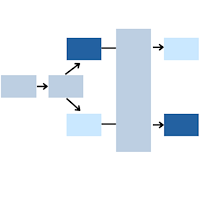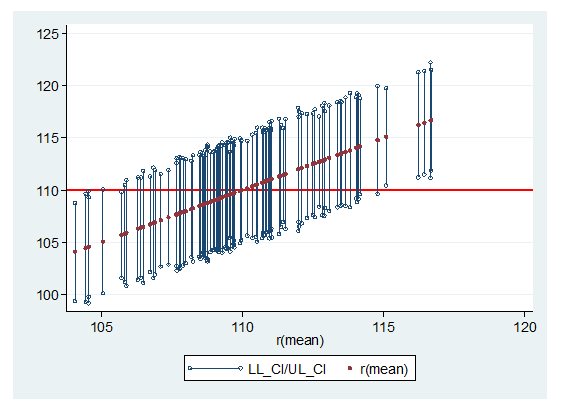Previous Posts
It’s easy to think that if you just knew statistics better, data analysis wouldn’t be so hard. It’s true that more statistical knowledge is always helpful. But I’ve found that statistical knowledge is only part of the story. Another key part is developing data analysis skills. These skills apply to all analyses. It doesn’t matter […]
Multilevel models and Mixed Models are generally the same thing. In our recent webinar on the basics of mixed models, Random Intercept and Random Slope Models, we had a number of questions about terminology that I’m going to answer here. If you want to see the full recording of the webinar, get it here. It’s […]
The last, and sometimes hardest, step for running any statistical model is writing up results. As with most other steps, this one is a bit more complicated for structural equation models than it is for simpler models like linear regression. Any good statistical report includes enough information that someone else could replicate your results with […]
What does it mean for two variables to be correlated? Is that the same or different than if they’re associated or related? This is the kind of question that can feel silly, but shouldn’t. It’s just a reflection of the confusing terminology used in statistics. In this case, the technical statistical term looks like, but […]
Effect size statistics are required by most journals and committees these days — for good reason. They communicate just how big the effects are in your statistical results — something p-values can’t do. But they’re only useful if you can choose the most appropriate one and if you can interpret it. This can be hard […]
When learning about linear models —that is, regression, ANOVA, and similar techniques—we are taught to calculate an R2. The R2 has the following useful properties: The range is limited to [0,1], so we can easily judge how relatively large it is. It is standardized, meaning its value does not depend on the scale of the […]
Any time you report estimates of parameters in a statistical analysis, it’s important to include their confidence intervals. How confident are you that you can explain what they mean? Even those of us who have a solid understand of confidence intervals get tripped up by the wording. The Wording for Describing Confidence Intervals Let’s look […]
Whether or not you run experiments, there are elements of experimental design that affect how you need to analyze many types of studies. The most fundamental of these are replication, randomization, and blocking. These key design elements come up in studies under all sorts of names: trials, replicates, multi-level nesting, repeated measures. Any data set […]
The following statement might surprise you, but it’s true. To run a linear model, you don’t need an outcome variable Y that’s normally distributed. Instead, you need a dependent variable that is: Continuous Unbounded Measured on an interval or ratio scale The normality assumption is about the errors in the model, which have the same […]
by Christos Giannoulis Many data sets contain well over a thousand variables. Such complexity, the speed of contemporary desktop computers, and the ease of use of statistical analysis packages can encourage ill-directed analysis. It is easy to generate a vast array of poor ‘results’ by throwing everything into your software and waiting to see what […]




 stat skill-building compass
stat skill-building compass